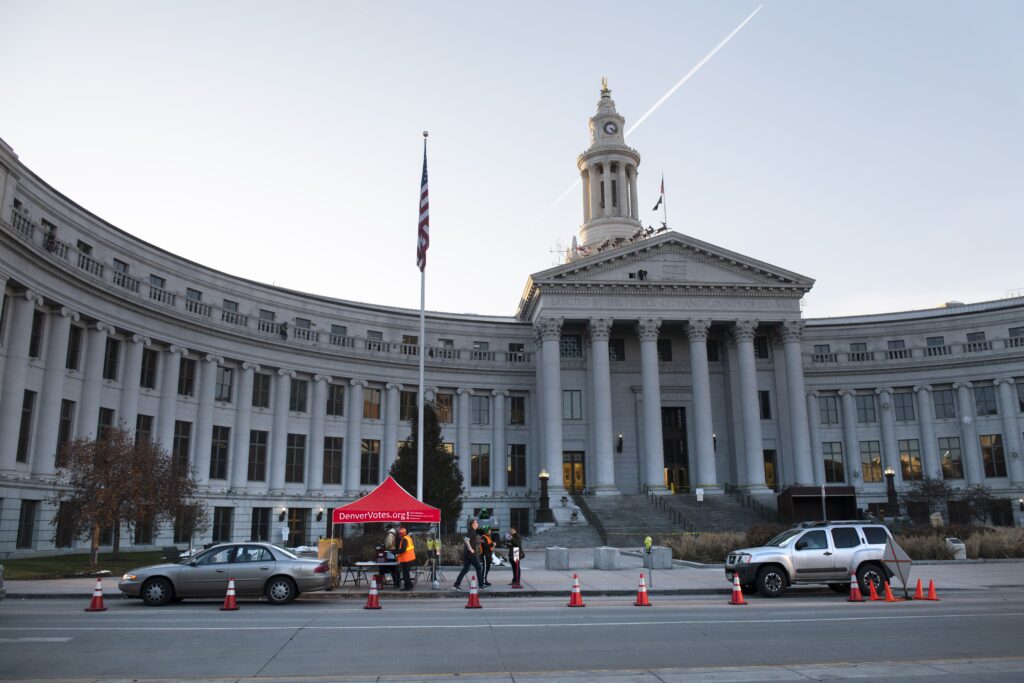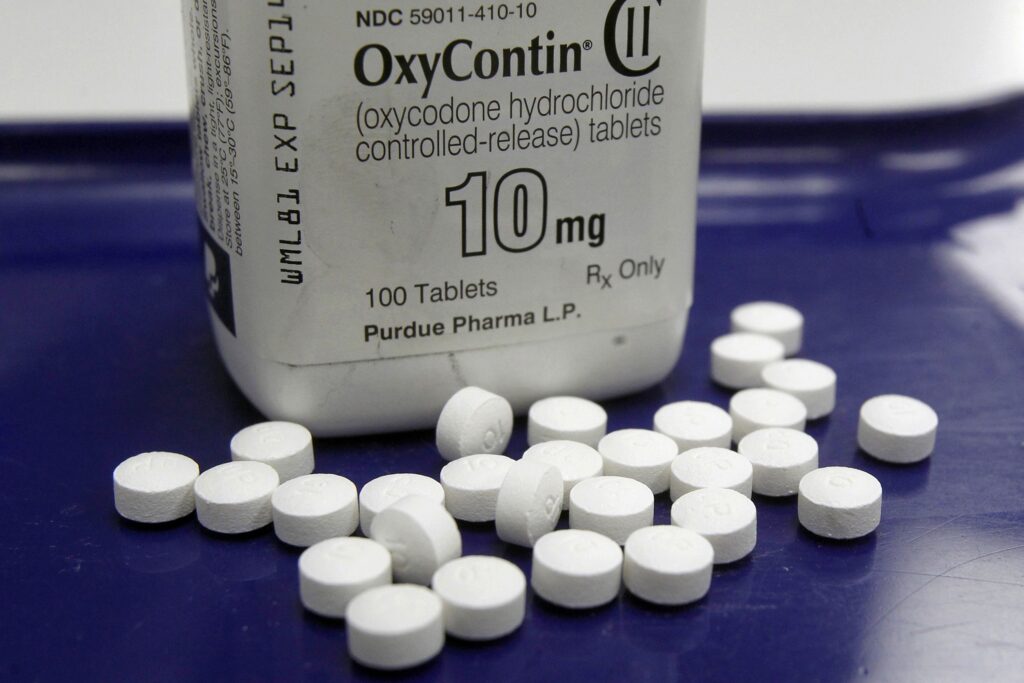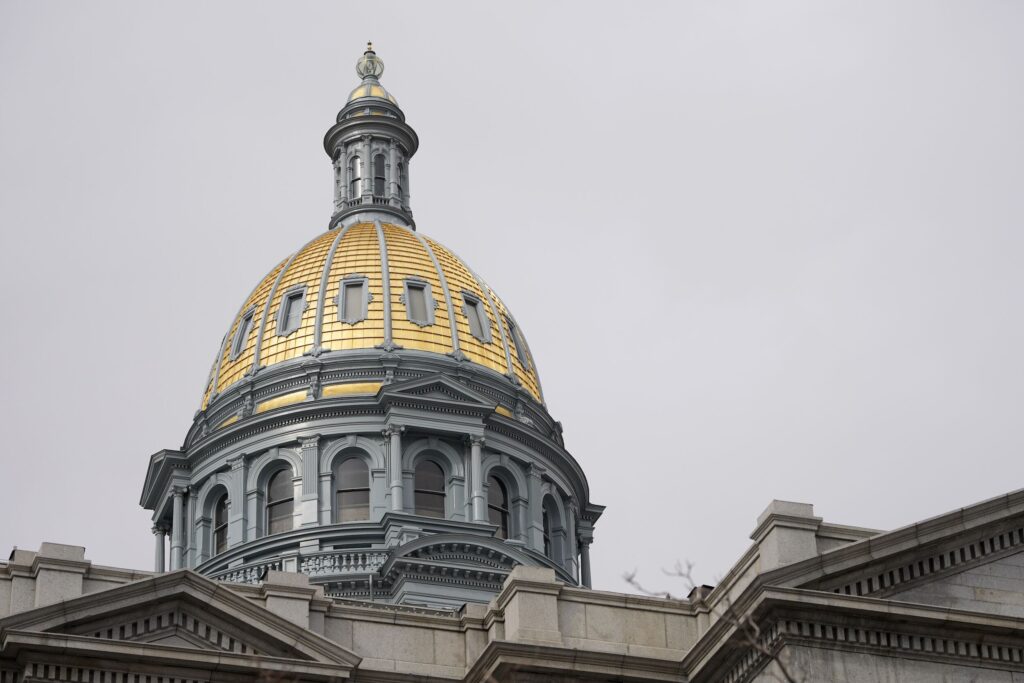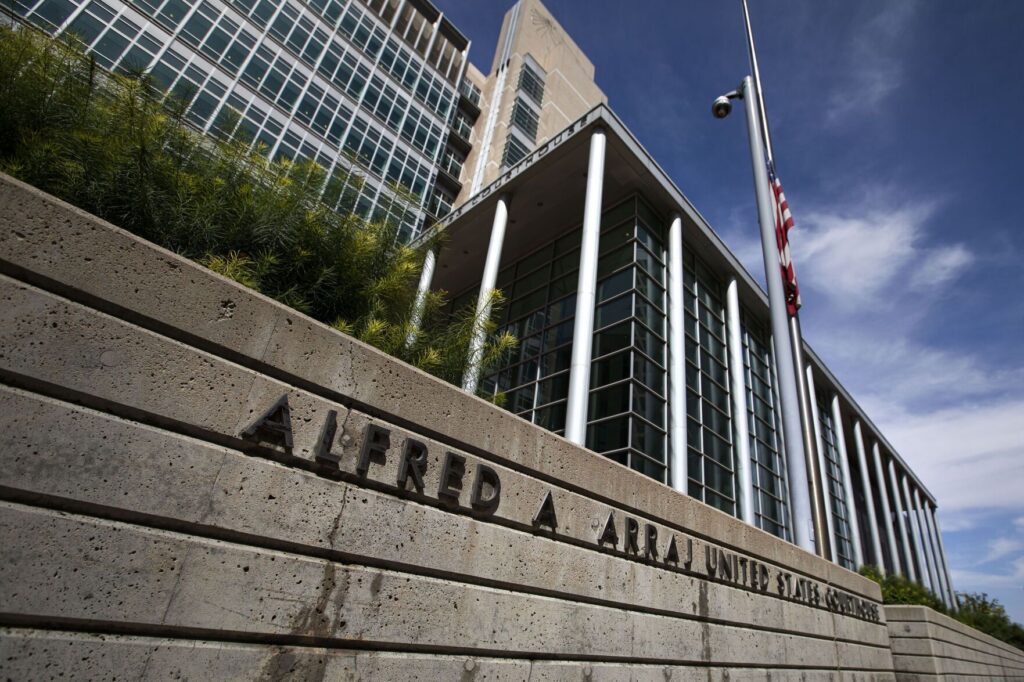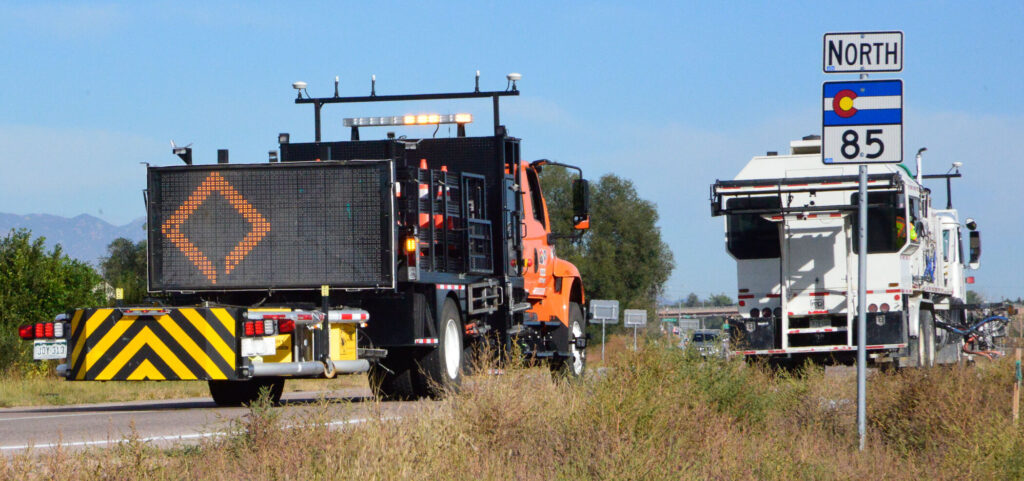DNC withholds Clinton funds pending state party revamp | A LOOK BACK

Twenty-Five Years Ago: The discovery of allegedly improperly used funds from the state’s Coordinated Campaign had divided the Colorado Democratic State Central Committee, which could not come to an agreement on how best to manage the party’s major election program.
The committee voted in overwhelming favor that the state party return the nearly $2,400 spent from the 1996 Coordinated Campaign account and it also froze any further spending until a proper management committee was put into place no later than December 20. But members of the central committee couldn’t agree though on how to structure such a committee.
Setting up the new oversight structure was paramount because the Democratic National Committee had promised to send the Colorado party 10% of the proceeds earned during President Bill Clinton’s fundraising visit to Colorado, which totaled nearly $40,000. Those monies would be used to support Democratic candidates around the state, but the DNC said it wouldn’t send any of the promised funds until the problems with the Coordinated Committee were resolved.
Gov. Roy Romer hosted a meeting in mid-November with state Chair Phil Perington and other party officers, candidates, legislative leaders and representatives of all major donors. During the meeting, Romer submitted a plan for the management of the Coordinated Campaign with no state party officials signing off on it.
Perington said he objected to the lack of party participation in Romer’s plan and said that he presumed the plan was written by Coordinated Campaign’s largest donors – labor. But AFL-CIO president Bob Greene told The Colorado Statesman that neither he nor anyone else from the labor group had anything to do with the proposal.
“We’re just sitting back and watching what they’re going to do,” Greene said.
Jim Carpenter, Romer’s press secretary, wouldn’t name the authors of the governor’s proposal, but said it was “written by members of the party” as a way to get the conversation going on how best to organize the Coordinated Campaign.
“It was never meant to be a serious proposal,” Carpenter said, “but simply a starting point for negotiations.”
Perington’s proposal for the new oversight committee drew heavily from state party leadership but would have also bolstered union involvement by including someone from the United Transportation Union. But Perington had included a qualifier that would bar membership to anyone who had supported a Republican candidate during the 1997-8 election cycle. This drew heated opposition because the Colorado AFL-CIO routinely supported candidates who agreed with their organizations policies, regardless of party affiliation.
Admitting responsibility for the improper campaign fund spending, Perington said, “I did it. I spent the money. Toss me under the bus. But I didn’t spend one dime for anything that wasn’t directly concerned with the Coordinated Campaign.”
In related news, after much political wrangling, state Senate Minority Leader Mike Feeley, D-Lakewood, successfully managed to push a plan through the Democratic State Central Committee that would make the governor’s race, not the U.S. Senate race, the basis for delegate allocation for spring 1998’s statewide caucuses.
Feeley’s campaign-consultant Rick Ridder, said that the reason Feeley asked for the change was because the state senator was the only candidate to commit to using the caucus system to seek Democratic nomination.
“Rank and file Democrats prefer candidates work within the party structure,” said Feeley’s campaign manager Tony Marino, “because that way the decision rests with them. Tactically, what it does is allow us to concentrate our grassroots organizing efforts on caucus attendees. That will put us in a great position by next spring.”
Rachael Wright is the author of the Captain Savva Mystery series, with degrees in Political Science and History from Colorado Mesa University and is a contributing writer to Colorado Politics and The Gazette.



